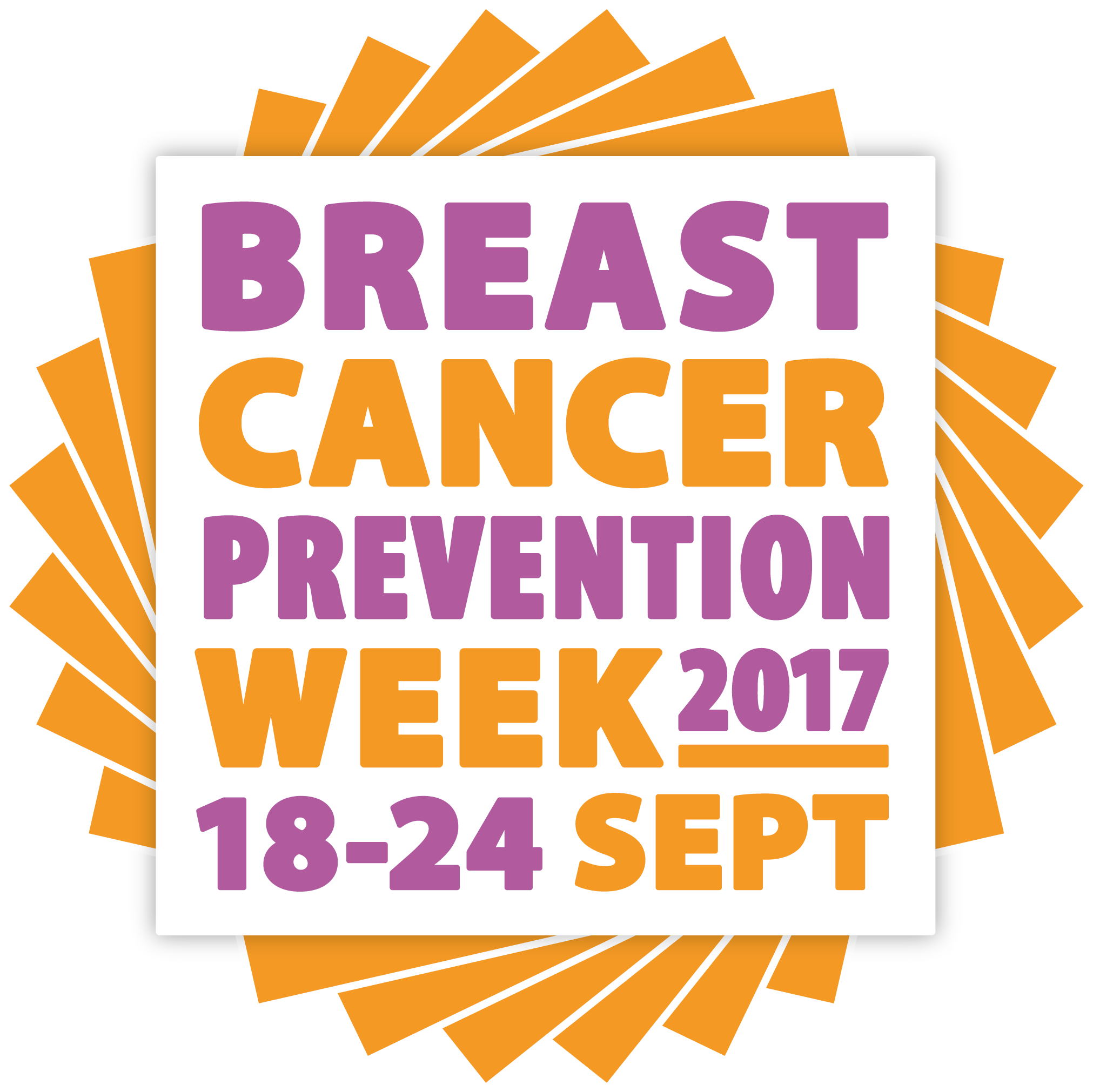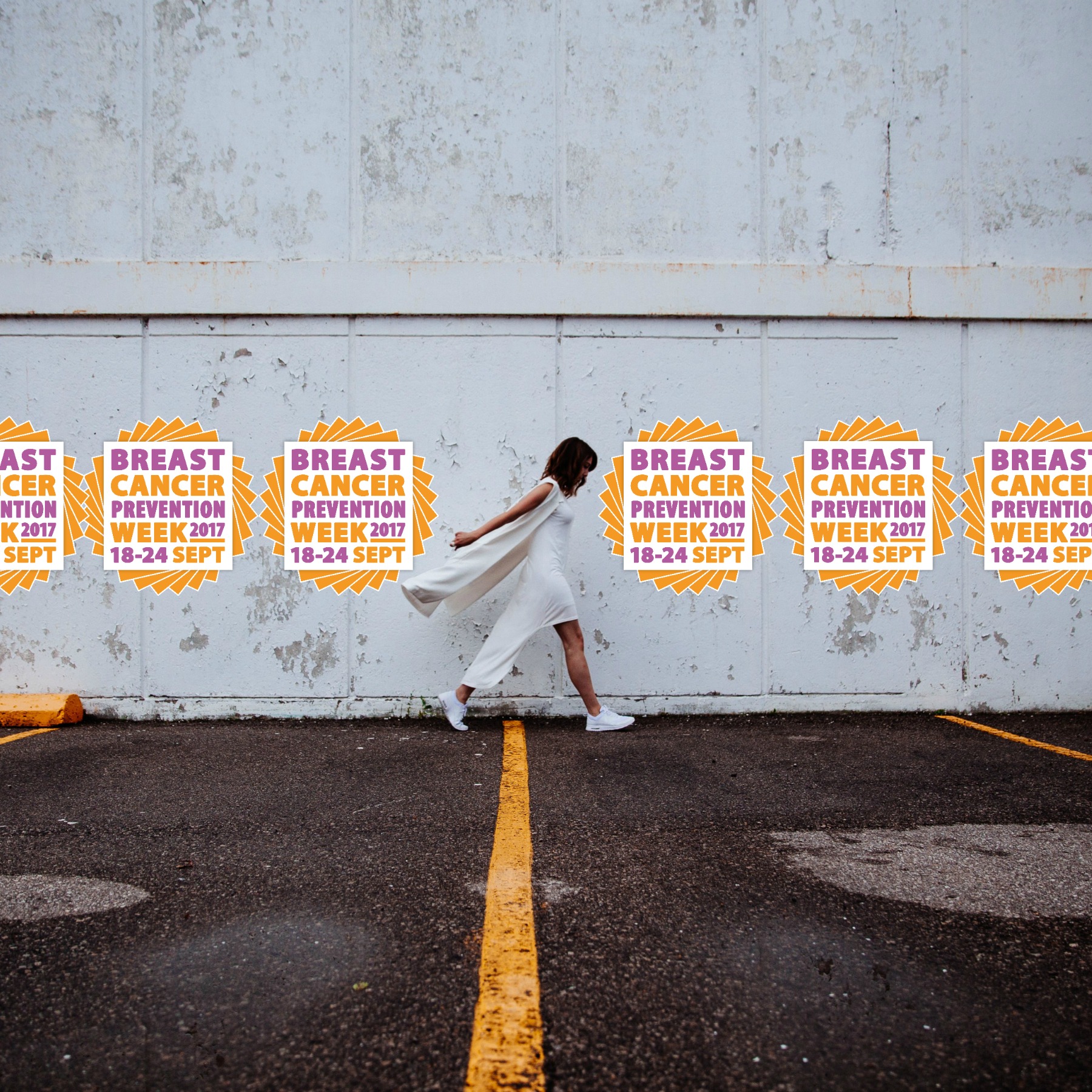5 Branded Anti-Ageing creams found to have oestrogenic activity
Oestrogen exposure is a major risk factor for the development of breast cancer.
A pilot study, commissioned by Breast Cancer UK, has found that 5 out of 5 Anti-ageing face creams contain endocrine disrupting chemicals (EDCs) which have oestrogenic activity, and so may be capable of mimicking natural oestrogen in our bodies.
The research found that all 5 anti-ageing creams had oestrogenic activity when tested in an “E-SCREEN assay”, designed to test whether compounds show activity similar to that associated with natural oestrogen. In the assay, diluted extracts of the creams are added to breast cancer cells growing in cell culture, and their ability to proliferate is monitored. Extracts from each of the creams tested caused an increase in multiplication of breast cancer cells, so are described as having oestrogenic activity.
Oestrogen exposure throughout a woman’s life has been identified as a major risk factor for the development of breast cancer. Oestrogen is a main determinant of the development of the mammary gland from puberty and throughout adult life . The oestrogenic activity of these creams raises concerns about the cumulative effects arising from regular small exposures to our skin. Cosmetics and beauty products are something many of us continually apply to our bodies over a lifetime.
The research did not identify which of the chemicals were responsible for the oestrogenic activity, but it is likely to be a result of several. Chemical analysis of the extracts, using gas chromatography and mass spectrometry, revealed the presence of numerous EDCs, some of them not included on the ingredient list.
Professor Ana Soto of Tufts University School of Medicine who led the research project explains why the findings are concerning, "This finding is disturbing because all exposures matter: each small exposure adds to the other exposures and to the oestrogens our bodies produce, the same way that pennies add up to pounds.
Moreover, this is significant because the lifetime risk of one woman to be diagnosed with breast cancer was 1:22 in our mothers’ generation, and it is now 1:8 or 1:7 in countries of the first world. This increase occurred too rapidly to be attributed to our genes; it must be due, instead, to changes in our environment. The introduction of chemicals endowed with hormonal activity is a new phenomenon that could explain the increase."
Commenting on the findings, Lynn Ladbrook, CEO at Breast Cancer UK, said:
‘This research raises important questions about the potential long term health effects of using the many and varied cosmetics, creams and potions many of us use on a daily basis.
‘More research is needed to help us understand the oestrogenic properties of ingredients used in cosmetics and beauty products. These findings add to the growing body of evidence on EDCs and support concerns that exposure to these types of chemicals may be increasing our risk of diseases such as asthma, obesity, infertility and cancers, including breast cancer.’
Breast Cancer UK is calling for:
● More research to be carried out into the safety of using EDCs in cosmetics and beauty products
● Stricter regulation of potentially hazardous chemicals including endocrine disrupting chemicals used in everyday products, from household cleaners to scented candles, which may be linked to health problems.
This research is part of Breast Cancer UK’s work to save lives and reduce breast cancer rates by tackling the environmental and chemical causes of the disease.
For further information press contacts:
Lynn Ladbrook, Chief Executive - 07786 393181
Louise Bowers, Communications Manager - 07930 854 527
Notes to Editors
- Breast Cancer UK works to save lives and reduce breast cancer rates by tackling the environmental and chemical causes of the disease.
- Prevention Week 18 – 24 September 2017
- Dr. Ana M. Soto is a professor in the Department of Integrative Physiology and Pathobiology at Tufts University School of Medicine, in Boston, MA and the Blaise Pascal Chair in Biology 2013-15. For over three decades, Dr Soto’s research interests have centered on a) the control of cell proliferation by sex steroids, b) the developmental origins of adult disease, particularly the role of endocrine disruptors on carcinogenesis, reproduction and obesity, c) the role of stroma/epithelial interactions on organogenesis and carcinogenesis and d) the role of biomechanics on morphogenesis.
For more information on how to reduce your risk of chemical exposure, or how harmful chemicals are linked to breast cancer please visit our
Website: www.breastcanceruk.org.uk
Facebook: breastcanceruk
Twitter: @BreastCancer_UK
1 in 8 women in the UK will be diagnosed with breast cancer at some stage in their lifetime. 1 in 5 will be aged under 50 years old.
Yet at least 1 in 4 breast cancer cases are preventable. Prevention Week is about shining the spotlight on breast cancer prevention and asking the question, are we doing enough to prevent breast cancer?
Find out more: http://www.breastcanceruk.org.uk/our-campaigns/prevention-week-18-to-24-september-2017/
Dr. Soto also works on theoretical and epistemological issues arising from the study of complex biological phenomena. In this regard, in collaboration with Professor Carlos Sonnenschein, she co-authored a book entitled THE SOCIETY OF CELLS (Bios-Springer-Verlag, 1999, published also in French in 2006, in Spanish in 2017 and it is being translated to Italian). In it they posited that the default state of cells in all organisms is proliferation, and proposed the Tissue Organization Field Theory of Carcinogenesis, in which cancer is viewed as development gone awry. As the Blaise Pascal Chair in Biology, she coordinated a multidisciplinary working group devoted to the elaboration of a theory of organisms; this work was published as a special volume of Progress in Biophysics and Molecular Biology in 2016.
Dr. Soto is the recipient of several awards, including the 2012 Gabbay Biotechnology & Medicine Award of Brandeis University, presented to her, Dr. Sonnenschein and Dr. Hunt as a result of their contributions to public health. She has been elected a member of the prestigious Collegium Ramazzini, Carpi, Italy in 2011, and awarded the Blaise Pascal Chair of Biology 2013-15 at the Ecole Normale Superieure, Paris, France.
Her research has been funded by the US National Science Foundation, the US-National Cancer Institute, the US EPA, the Susan G. Komen Foundation, the US-National Institute of Environmental Health Sciences, the Avon Foundation and the UK Medical Research Council.
Press release distributed by Pressat on behalf of Breast Cancer UK, on Monday 18 September, 2017. For more information subscribe and follow https://pressat.co.uk/
Breast Cancer Prevention EDCs Risk Factor Hormone Disrupting Chemicals Oestrogen Awareness Health
Published By

08456801322
louise.bowers@breastcanceruk.org.uk
https://www.breastcanceruk.org.uk/
Out of hours: 07930854527
Visit Newsroom
You just read:
5 Branded Anti-Ageing creams found to have oestrogenic activity
News from this source:



